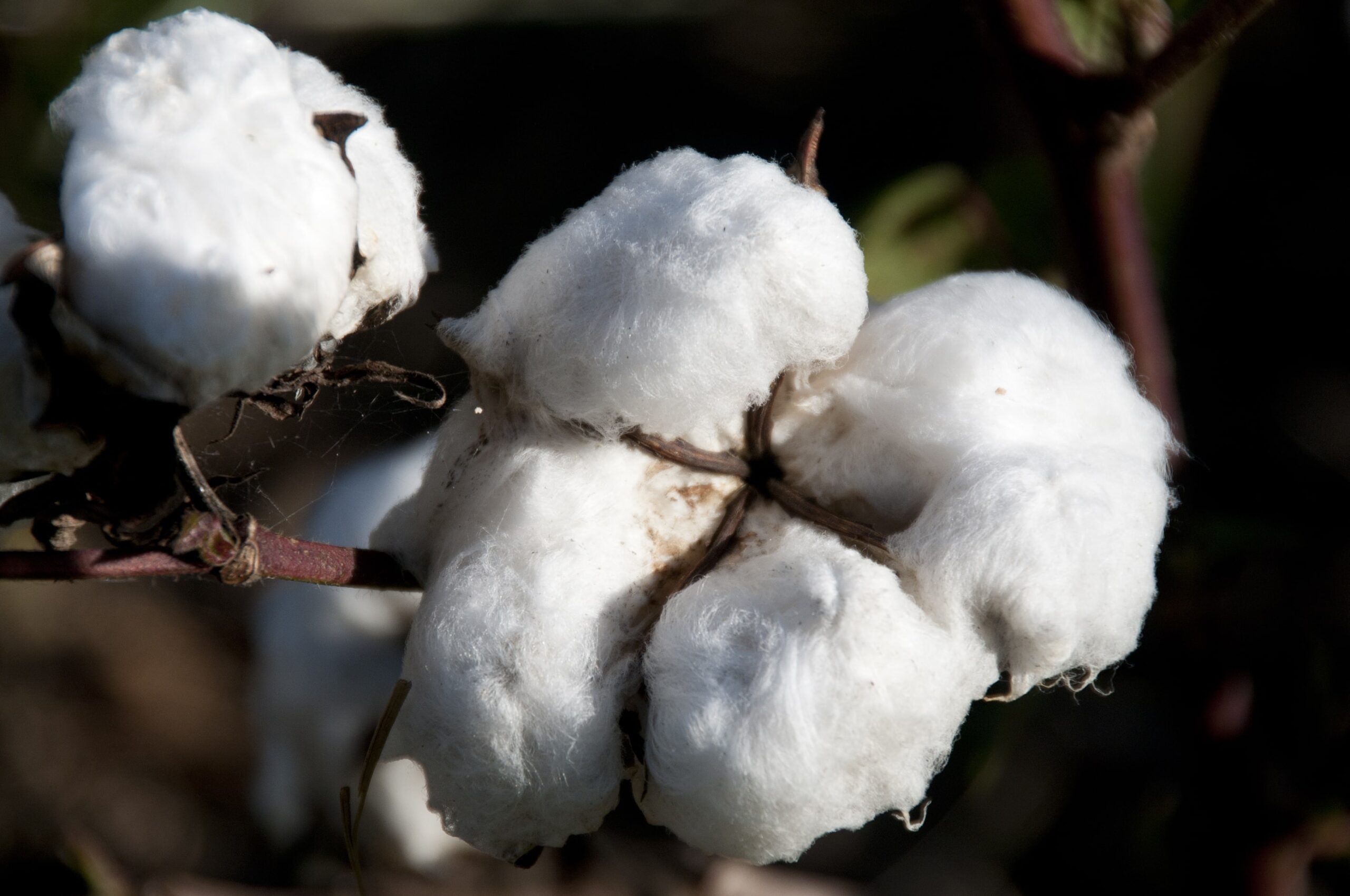Choosing the Right Cotton Picker Belts: Factors to Consider

When it comes to harvesting cotton efficiently, some of the key components of a cotton harvester are their various belts. The picker belt plays a critical role in the overall performance and productivity of the cotton harvesting process. Choosing the right type of cotton picker belts for your specific needs is essential to optimize the performance of your cotton harvester. In this blog, we will discuss the factors to consider when choosing the right cotton picker belts to help you make an informed decision for your cotton harvesting operations.
Understanding the Importance of Picker Belts in Cotton Harvesting
Before diving into the factors that affect the choice of cotton picker belts, let’s explore why these belts are crucial for harvesting. Cotton picker belts work in conjunction with the picking units to carefully pick the cotton from the plant and carry it toward the basket. The right belts can significantly enhance the efficiency and productivity of the cotton harvester, minimizing downtime and maximizing yield.
Type of Picker Belt Material
When choosing a picker belt, the first consideration is the material it is made from. Different materials offer varying durability levels, wear and tear resistance, and overall performance. Common materials used for picker belts include urethane, rubber, and polyester. Each material has its own advantages and disadvantages. Some include Kevlar strands and other additives to reduce stretching and improve strength. Each belt is specially designed with its’ location and function in mind for the best possible performance, and life expectancy.
Belt Width and Spacing
The width and spacing of the picker belts are crucial aspects that impact the overall effectiveness of cotton harvesting as well as smooth or textured surfaces. The number of bands on v-belts is determined by how many groves are in the drive / driven pulleys. The spacing between the belts affects how the bale wrap wraps the round bales in the baler pickers. Selecting appropriate belt width and spacing is essential to ensure optimal picker operation, reduce manual labor, and increase overall efficiency.
Belt Strength and Durability
Picker belts are subjected to significant wear and tear during the harvesting process. Choosing strong and durable belts is essential to reduce downtime for repairs and replacements. It is important to consider factors such as the strength of the fabric used, resistance to abrasion, and the overall lifespan of the belts. Investing in high-quality picker belts may involve a higher up-front cost but can result in significant long-term savings.
Compatibility with the Harvester
Another crucial factor to consider is the compatibility of the picker belts with the specific model and make of your cotton harvester. Ensuring proper fit and alignment of the belts is vital to avoid any issues during operation. Consult the manufacturer’s specifications and guidelines to select picker belts that are designed to work seamlessly with your cotton harvester.
Ease of Installation and Maintenance
Efficiency in any cotton harvesting operation includes minimizing downtime during installation and maintenance procedures. Choose picker belts that are the correct size and specifications will help reduce the time taken to make any necessary repairs and improve overall productivity.
Energy Efficiency
In today’s world, where sustainability is a key focus, energy efficiency is also a preferable attribute when selecting cotton picker belts. Belt designs that can reduce power consumption and optimize fuel efficiency can have a positive environmental impact and contribute to cost savings in the long run.
Expert Advice and Warranty
Acquiring expert advice and guidance from experienced professionals in the field can be invaluable when selecting cotton picker belts. They can help you navigate the various options and make the right choice for your specific needs.
Conclusion
Choosing the right cotton picker belt, and when, is crucial for overall efficiency and productivity in your cotton harvesting operations. Consider factors such as the type of material, belt width, strength and durability, compatibility with the harvester, regular maintenance schedules, energy efficiency, and expert advice when making your decision. By exploring these considerations and being mindful of your specific requirements, you can select picker belts that will optimize the performance of your cotton harvester.
Contact Certi-Pik, USA Today
For high-quality cotton picker belts and expert guidance in selecting the right product for your cotton harvesting operations, visit Certi-Pik, USA. With our extensive experience in the industry and commitment to providing top-notch products, Certi-Pik can help you make an informed choice to enhance your cotton harvesting efficiency. Visit our website to explore our range of picker belts and accessories today.
